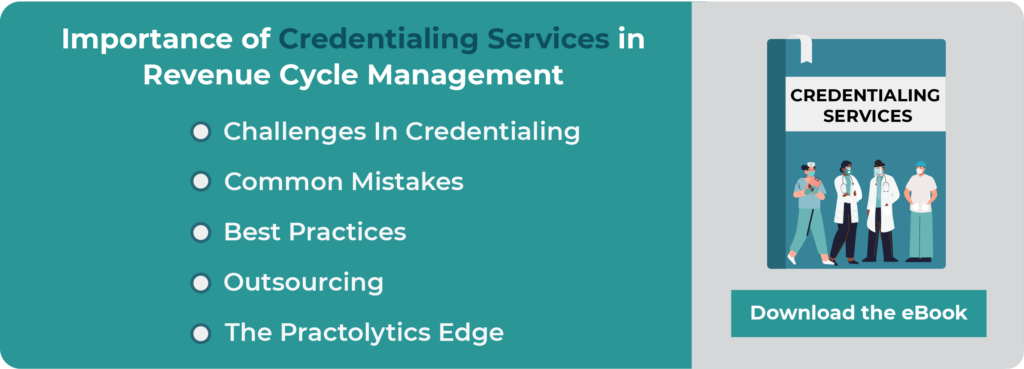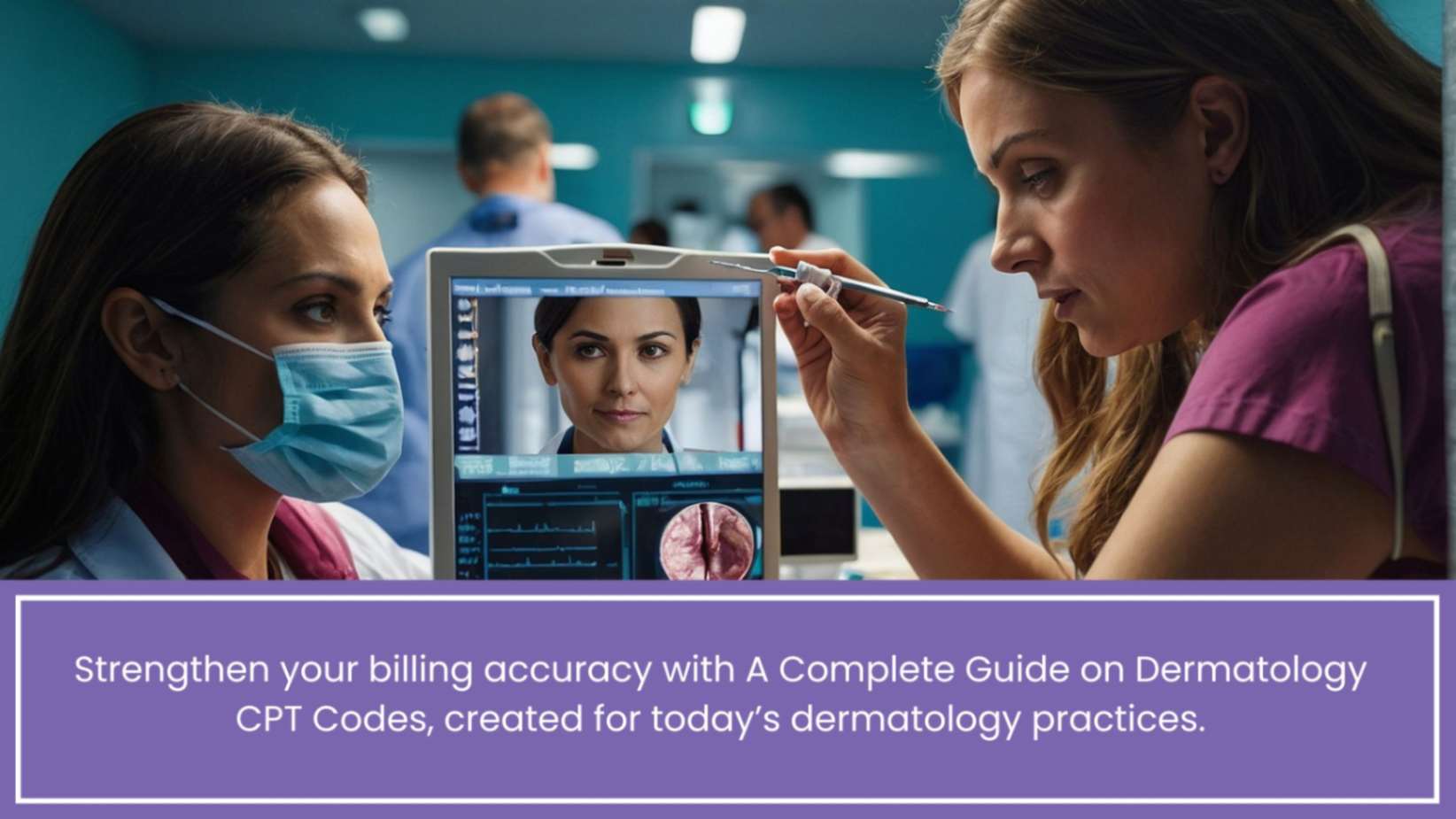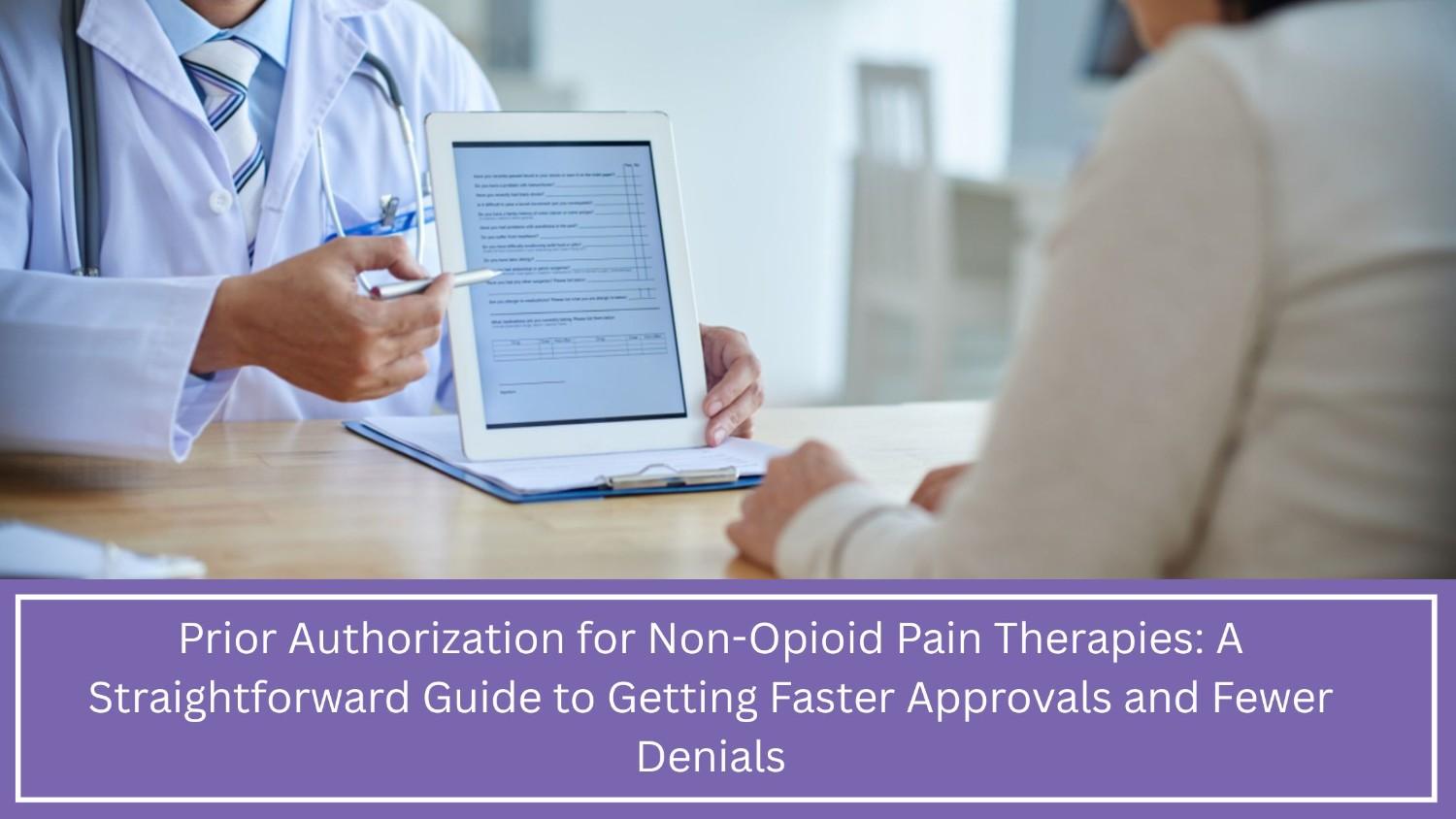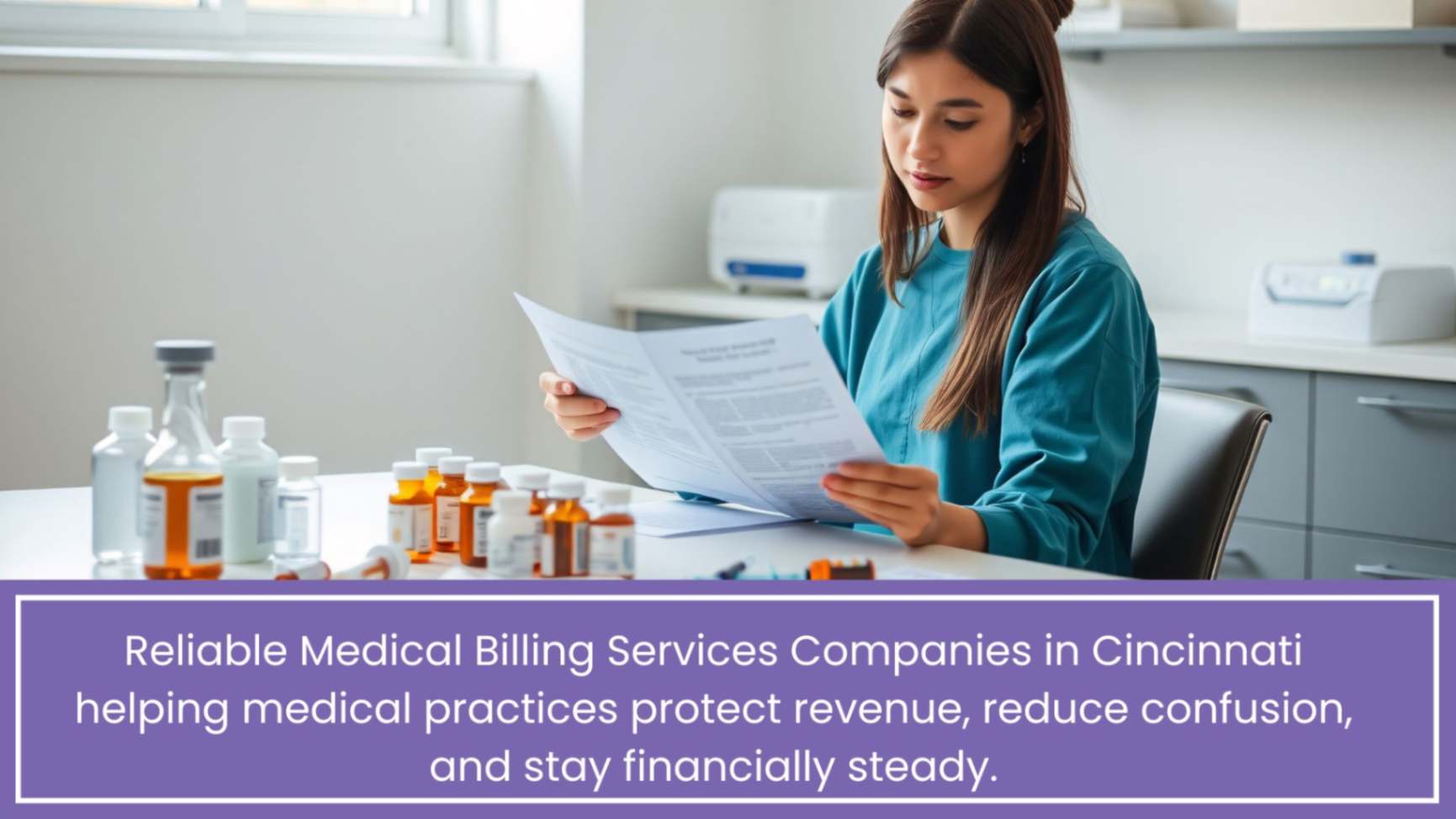Why Credentialing Must Connect to Real-Time Insurance Eligibility Verification
Why Credentialing Must Connect to Real-Time Insurance Eligibility Verification is clear when practices aim to prevent denials and improve revenue flow. Linking both processes identifies coverage gaps before appointments, speeds approvals, reduces administrative strain, and enhances patient access. This approach ensures cleaner claims and more efficient operations.
Table of Contents
1. The Root of the Problem: Disconnected Systems, Denied Claims
Most practices treat credentialing and eligibility verification as two separate worlds.
One lives in HR or compliance, where staff track provider enrollments, payer contracts, and expirations.
The other lives at the front desk, verifying that the patient’s insurance is active before the visit.
But here’s the problem:
- When a provider isn’t correctly linked to a payer in your credentialing system, claims for that provider will fail even if the patient’s coverage is valid.
- When eligibility and benefits verification services don’t reference the most current provider–payer relationship data, you risk seeing patients under plans your provider isn’t authorized for.
- The result: weeks or months of appeals, revenue leakage, and compliance flags.
Take pain management or behavioral health clinics as an example. They handle high claim volumes, complex payer mixes, and frequent provider onboarding. One missing NPI-to-payer mapping in credentialing can instantly trigger batch rejections across multiple claims.
And it’s not just an operational nuisance. The Office of Inspector General (OIG) has increased oversight on credentialing accuracy, especially when billing federal programs like Medicare or Medicaid.
A claim billed under an improperly credentialed provider is not just a denial risk — it’s a potential compliance violation.
2. How Real-Time Eligibility (RTE) Works — and Why It’s the Missing Link
Most practices already use some form of real-time eligibility verification at check-in. But very few take advantage of what the data can actually do.
A standard RTE check pulls live data from the payer using clearinghouse or API connections. In seconds, your team can see:
- Active or inactive coverage
- Plan type and payer ID
- Deductible and copay balances
- Benefit limitations such as number of visits left
- Referral or prior authorization requirements
Now imagine this data connected to your credentialing and contract tables.
Before the patient even arrives, your system could automatically:
- Confirm that the assigned provider is credentialed and active with that payer
- Alert staff if a provider’s enrollment is pending or expired
- Flag claims where the payer relationship is incomplete before the visit happens
This is where AI-enabled RCM automation is changing the game. Modern RCM platforms map credentialing data to live eligibility feeds, automatically cross-referencing NPIs, taxonomy codes, and contract IDs.
This isn’t just about speed, it’s about preventing unbillable encounters from ever being scheduled.
3. Designing the Right Process: Marrying Credentialing with Eligibility
Here’s how to design a simple but powerful linked workflow that eliminates credentialing blind spots.
Step 1: Map Your Credentialing Database to Payer Contracts
Make sure each provider’s credentialing record includes:
- Active payer IDs
- Effective and termination dates
- Contracted plan types such as PPO or Medicare Advantage
- Linked NPI and Tax ID
This master medical credentialing services table becomes your source of truth.
Step 2: Integrate Eligibility Verification with Credentialing Status
Your real-time eligibility checks should query both the payer and your internal credentialing table.
For example, if a patient is scheduled under Dr. Patel for a Blue Cross plan, your system should confirm:
- Dr. Patel is actively credentialed with Blue Cross
- The plan ID on the patient’s card matches one of Patel’s contracted plans
- Patel’s NPI is active and mapped in your billing system
If any of those checks fail, the appointment system can flag or block the visit until it’s corrected.
Step 3: Add Front-Desk Prompts
Eligibility data should be visible to front-desk and billing staff, not buried in back-end reports. A simple “Credentialed: Yes or No” flag next to each appointment can prevent dozens of future denials.
Step 4: Automate and Audit
AI tools can automatically revalidate credentialing data weekly, syncing it with eligibility and claims data.
Automated reports can highlight anomalies, such as providers billing payers they aren’t credentialed for or patients covered under non-contracted plans.
This hybrid design turns credentialing and eligibility from two disjointed tasks into one continuous verification loop.
4. The Technology and Vendor Checklist
If you’re planning to connect credentialing and eligibility systems, here’s what to check first.
API Readiness
Make sure your medical practice management software system or clearinghouse supports FHIR or X12 270/271 eligibility APIs. Credentialing data should be accessible through API endpoints that can feed into RTE queries.
EHR Hooks
Your EHR should display credentialing status within the scheduling or encounter screen. The fewer clicks your team needs, the more effective the process becomes.
Automated Alerts
Look for systems that generate real-time warnings when a provider’s credentials expire or when claims are being filed under a non-enrolled NPI.
Fallback Procedures
No system is perfect. Build a manual verification checklist for when API calls fail, especially for payers that don’t yet support full real-time access.
Sample Acceptance Tests
Run practical test cases before you go live:
- Schedule a patient under an uncredentialed provider and see if the system catches it
- Change a provider’s credentialing status to pending and check if RTE reflects that status
- Submit a claim for a terminated provider and verify if your claim scrubber flags it
If the system can detect those scenarios, you’re ready for go-live.
5. The Results You Can Expect
When credentialing and eligibility verification work hand-in-hand, the difference shows up almost immediately.
Denial Reduction:
Practices that link credentialing with RTE often see a 20 to 40 percent drop in eligibility and credentialing-related denials.
Improved Collections:
Patients are informed upfront about plan limitations and out-of-pocket costs. No more awkward follow-up calls when claims get rejected for “provider not covered.”
Faster Reimbursements:
Clean claims move through clearinghouses without payer rejections, cutting days in accounts receivable.
Better Compliance:
Automatic validation reduces the risk of billing under non-credentialed providers, one of the top triggers for OIG scrutiny.
Smoother Operations:
Staff waste less time tracking credentialing dates or chasing down rejections. Instead, they can focus on patient experience and proactive revenue tasks.
In short, you create a real-time safety net that catches credentialing mismatches before they affect cash flow.
6. The Bottom Line
Credentialing and eligibility verification were never meant to live apart.
When your systems are linked, every appointment, authorization, and claim is automatically validated against both payer rules and provider status.
That’s not just compliance, it’s good business.
In the post-COVID era, where staff bandwidth is stretched thin and payers are tightening rules, this kind of automation isn’t a luxury.
It’s what keeps the lights on and cash flowing.
Call to Action
Want to eliminate credentialing-related denials for good?
Practolytics can map your credentialing table to live eligibility checks so your front desk and billers see the right information at the right time.
Run a pilot and see measurable results within 60 days.
Talk to Medical Billing Expert Today — Get a Free Demo Now!






